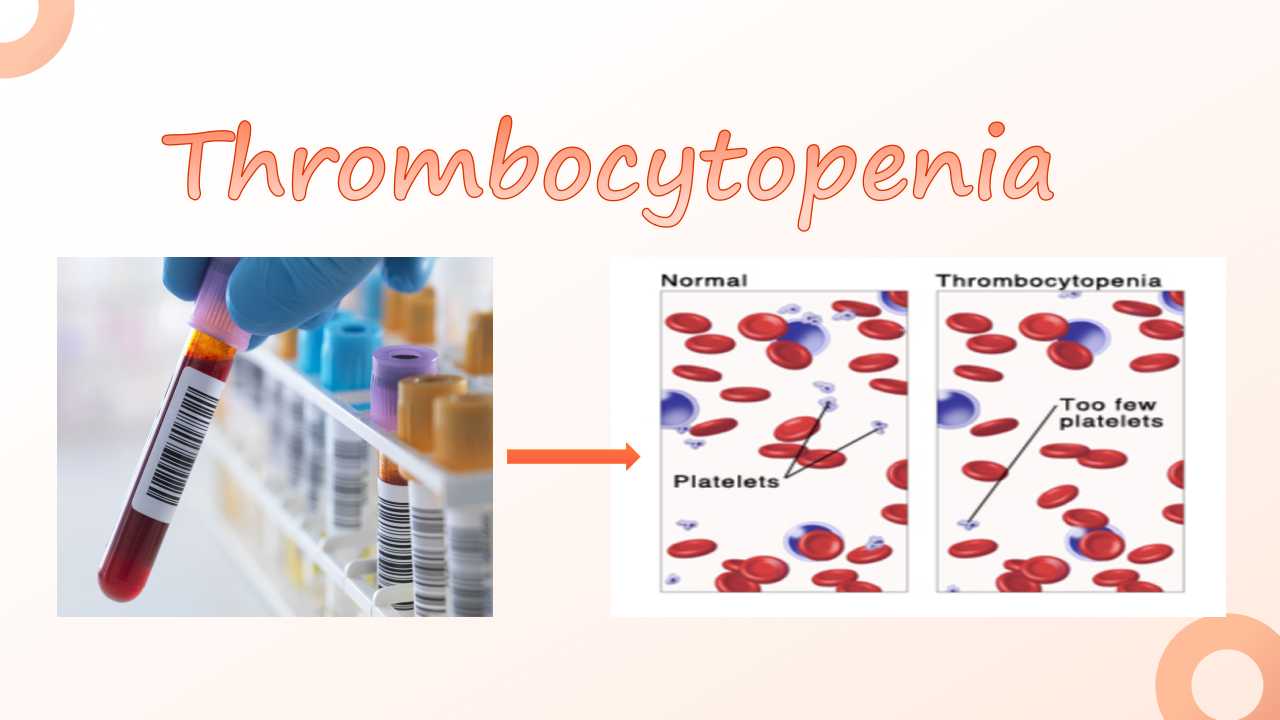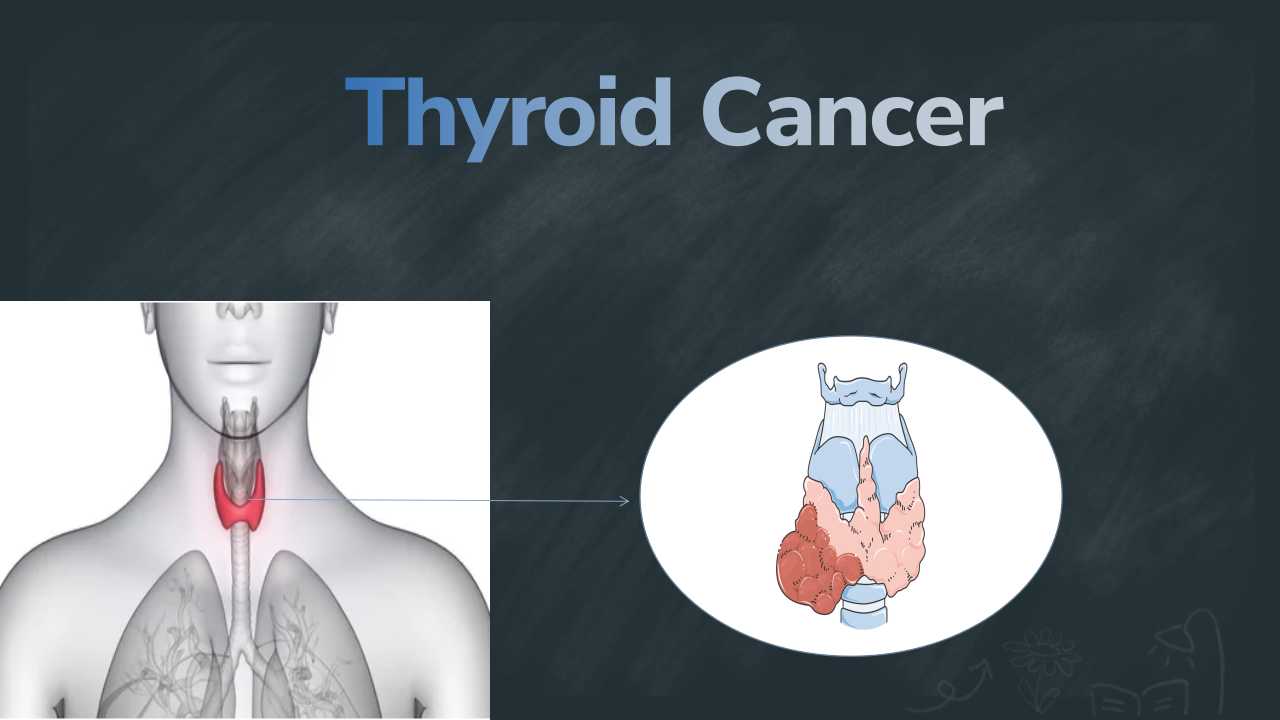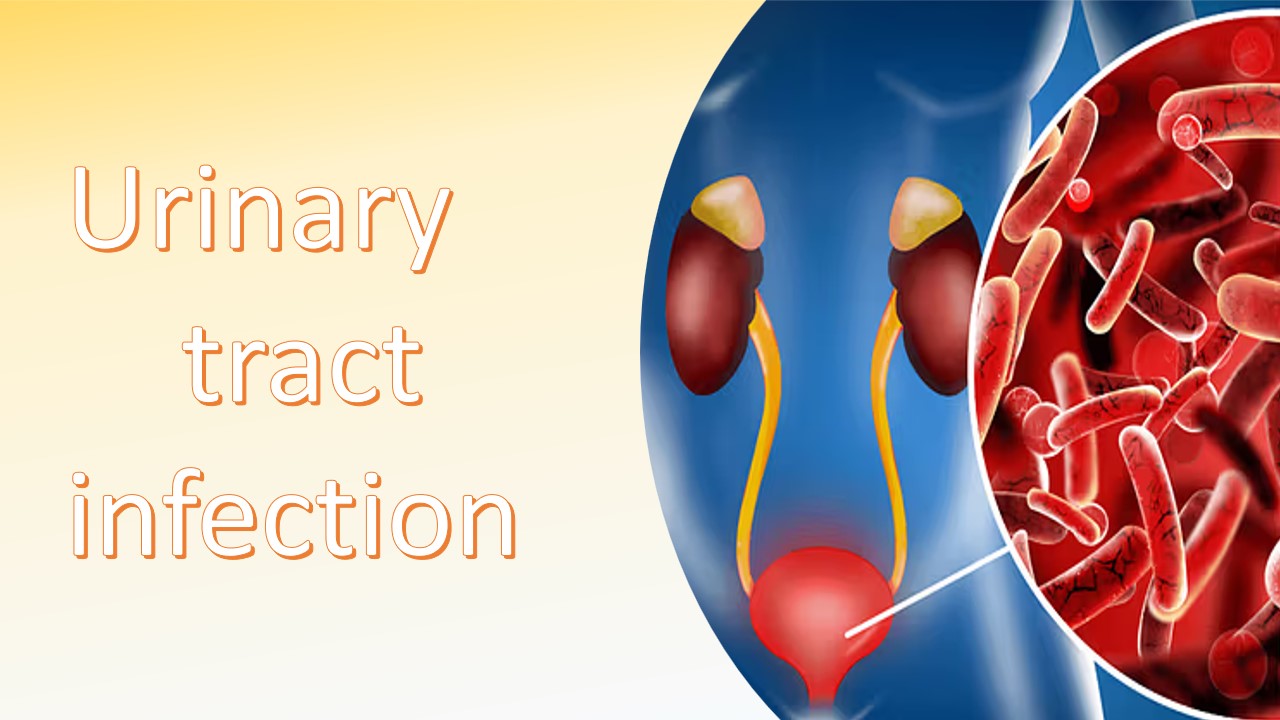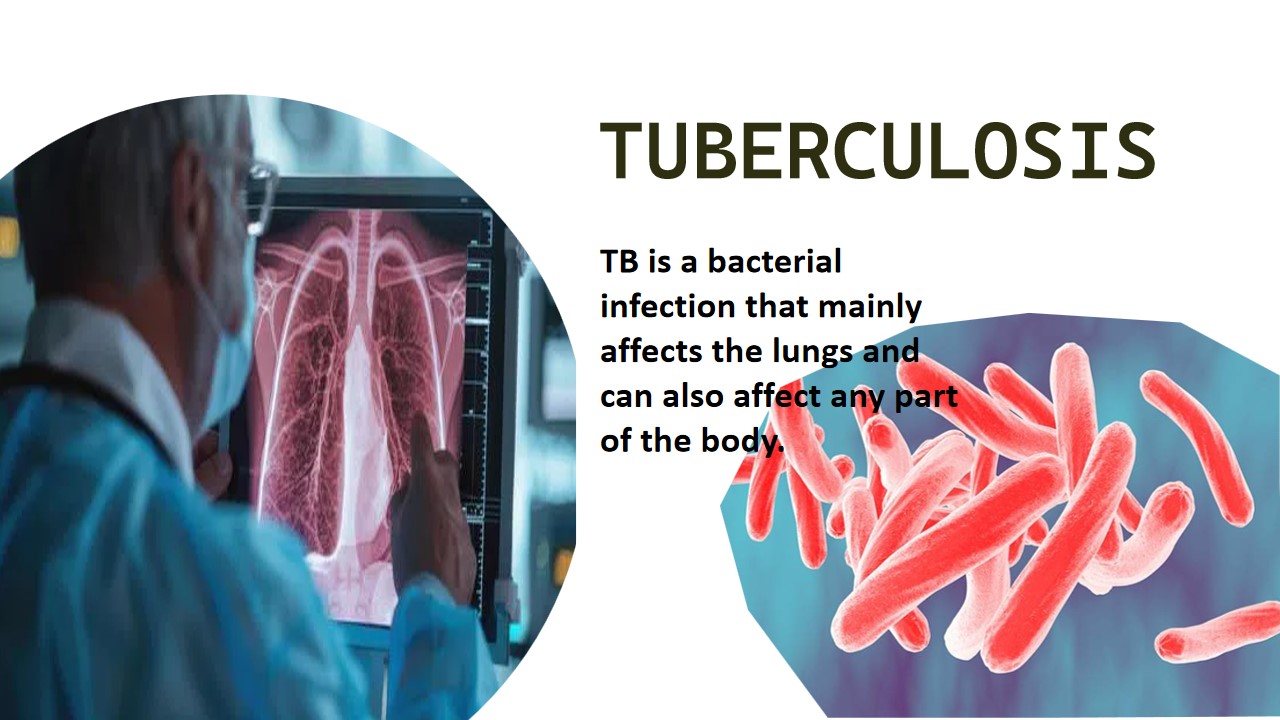
Thrombocytopenia
Thrombocytopenia under the microscope is a hematological disorder defined by unusually low blood levels of platelets, also referred to as thrombocytes. In consequence, low platelet counts might cause excessive or protracted bleeding. It is the most prevalent coagulation condition among patients. An individual's platelet count typically falls between 150,000 to 450,000 platelets per micro-liter (μL) of blood. A value outside of this range may not always signify illness. A platelet count of less than 50,000/μL is one typical definition of thrombocytopenia that necessitates immediate medical attention. Thrombocytopenia can be distinguished from thrombocythemia and thrombocytosis, which are disorders characterized by an excessively elevated platelet count in the blood.
People who take specific medications or have particular medical problems, such as autoimmune illnesses, are frequently affected by thrombocytopenia. Blood cell fragments called platelets are crucial for promoting blood clotting. Platelets clump together at the location of the wound to halt bleeding when damaged and cut.People may have bleeding issues if platelet counts are low. Low platelet counts are a symptom of immune thrombocytopenic purpura (ITP), also known as immune thrombocytopenia. ITP is brought on by an immune system response and can impact both adults and children.
Symptoms
- fatigue
- cuts, scrapes, or other small injuries that bleed for a long time
- nosebleeds
- bleeding gums
- Blood in urine
- blood in stool
- heavy menstrual bleeding
- bruising that happens easily and takes a long time to heal
- small, flat red spots under the skin called petechiae
- red, purple, or brown-yellow spots under the skin called purpura
Causes/Risk factors
- medical conditions ( problems with bone marrow, liver disease)
- cancers (eukaemia, lymphoma or myeloma)
- medicines, including heparin
- heavy alcohol use
- some nutritional deficiencies (vitamin B12 and folate deficiency)
- genetic conditions
- pregnancy
Diagnosis
A small sample of blood is spread on a glass slide and examined under a microscope. In thrombocytopinia condition,the platelets are decreased, which are visualised by the observation under a microscope. After the microscopy examination, the platelet may show decrease or in clumps.The examination may reveal abnormal platelet morphology, such as enlarged platelets or platelets with unusual shapes.
Thrombocytopenia under the microscope
Reference:
1. https://www.healthdirect.gov.au/thrombocytopenia
2. https://en.wikipedia.org/wiki/Thrombocytopenia#Diagnosis





0 comments